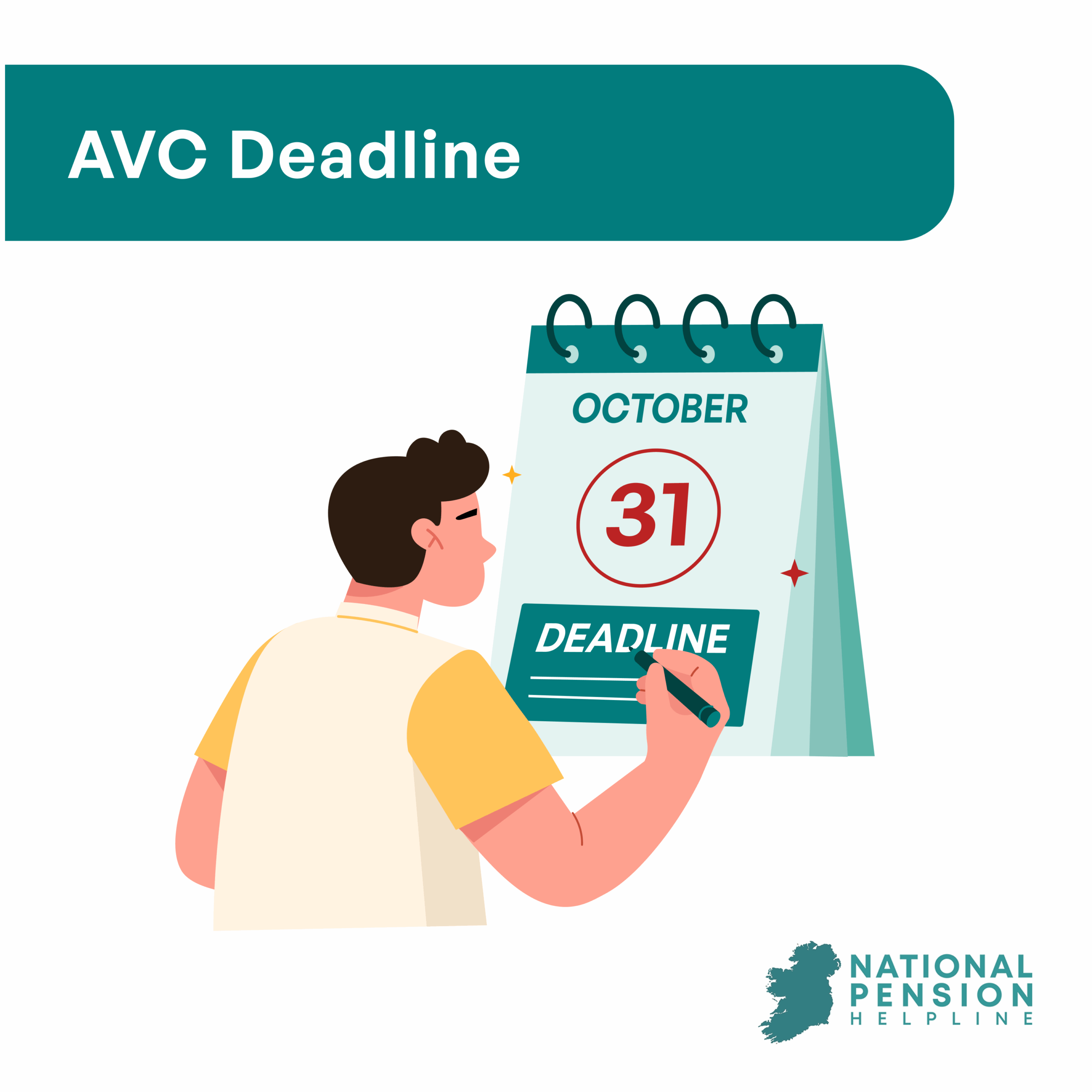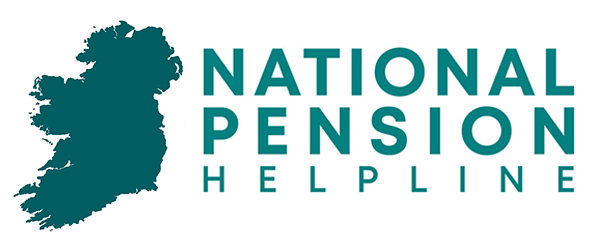With autumn coming to an end, the deadline for making AVCs (Additional Voluntary Contributions) to your pension is just around the corner – and it may be the best financial decision you make this year.
Not only do AVCs increase your retirement savings, they also make the most of tax relief on your contributions. Essentially, by boosting your pension, you pay less tax on your earnings in the meantime.
And now is the time to act, as the deadline for making additional contributions is October 31st (or November 14th if you file through Revenue’s online service).
Let’s explore this popular tax-efficient hack in more detail to find out whether it might be something you should consider before the upcoming deadline.
What are AVCs and why do they matter?
Additional Voluntary Contributions (AVCs) are extra payments which you can make on top of your regular pension contributions. They are commonly associated with public sector pensions and occupational pension schemes.
An AVC is essentially a lump sum payment towards your pension, which qualifies for tax relief just like your regular contributions.
The 31st October deadline is important as funds must clear before this date to avail of the tax relief benefits which are deductible against last year’s earnings. The deadline is 14th November if you are using Revenue Online Service (ROS).
Reducing your Tax Burden with AVCs
In 2024, a quarter of the overall value of pension contributions were made by way of AVCs. This means there are many people who are not availing of this strategy to increase their retirement savings and reduce their tax burden.
The amount of tax relief you qualify for depends on your age and tax bracket, with those over the age of 60 qualifying for the maximum 40% relief.
Like regular contributions, the maximum contribution limits that qualify for tax relief increase as you get older. While there is no limit to how much you can contribute, there are limits to how much qualifies for tax relief. These limits increase with age, meaning the closer you are to retirement the more powerful these lump sum payments will be.
Remember that the amount that you can contribute with tax relief is based on your total pension contributions. In this way, AVCs are a fantastic way of getting closer to or hitting the maximum tax relief limit.
Tax-efficient Contribution Limits
| Age | Maximum percentage of salary |
| Under 30 | 15% |
| 30 – 39 | 20% |
| 40-49 | 25% |
| 50-54 | 30% |
| 55-59 | 35% |
| 60+ | 40% |
Let’s look at an example to see how this works in practice. John, earning €70,000, contributes 10% of his salary to his pension (€7,000). Because John is 56, he qualifies for tax relief on 35% of his earnings (€24,500), meaning he can make extra voluntary contributions to get closer to this amount.
If John decides to contribute an extra €15,000 as an AVC, he is still well within his revenue limit for tax relief. This means that at the 40% marginal tax rate, his €15,000 additional contribution only costs him €9,000 – essentially saving €6,000 in tax.
The maximum taken into consideration for tax relief is €115,000 per annum – and employer contributions are not taken into account.
Who can make an AVC?
If you are a public sector employee or someone with an occupational pension, it is generally possible to make an AVC before the deadline.
For defined benefit (DB) pension schemes, they can increase the amount you will be entitled to upon retirement. For direct contribution (DC) schemes, they increase your total pension pot.
If you have a PRSA, you already decide how much of your salary you wish to contribute, and the notion of making additional contributions therefore does not apply.
However, the maximum contribution limits outlined above also apply to PRSAs, so if you have a to a PRSA you can also use this information to maximise the amount that you contribute to reduce your tax liability.
How to Make an AVC – Next Steps
Making an Additional Voluntary Contribution is relatively simple.
Why Getting Expert Advice is Essential
Before making an AVC, like all major financial decisions, we recommend speaking to a qualified financial advisor. An expert can advise you on how much to contribute, ensuring that you are maximising your savings and tax relief, while avoiding any potential mistakes.


